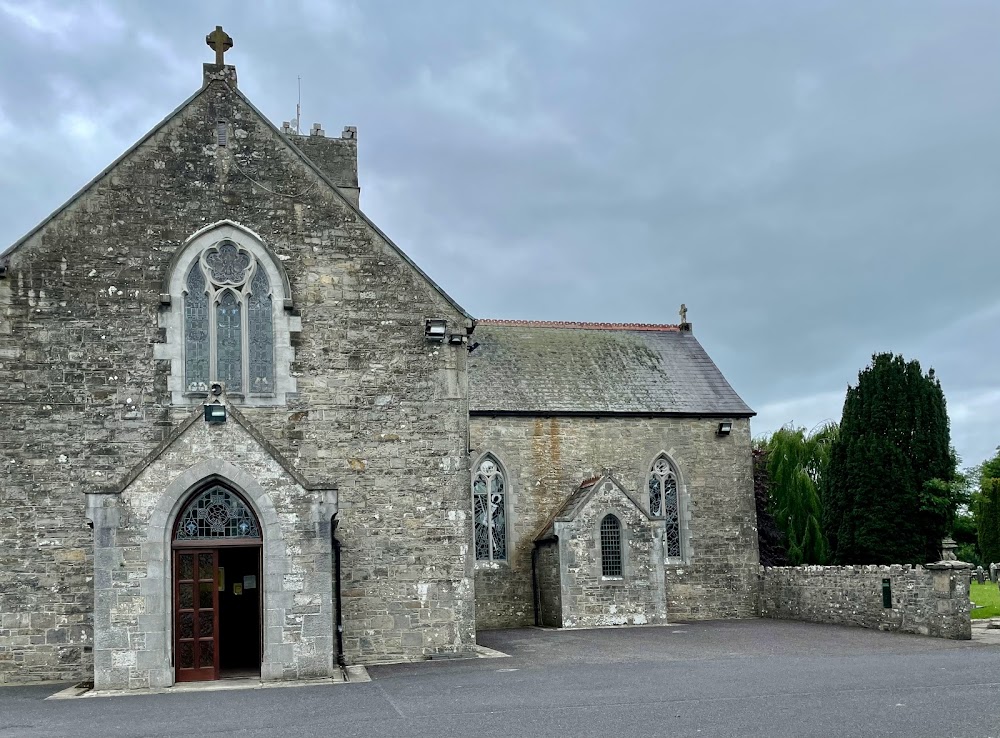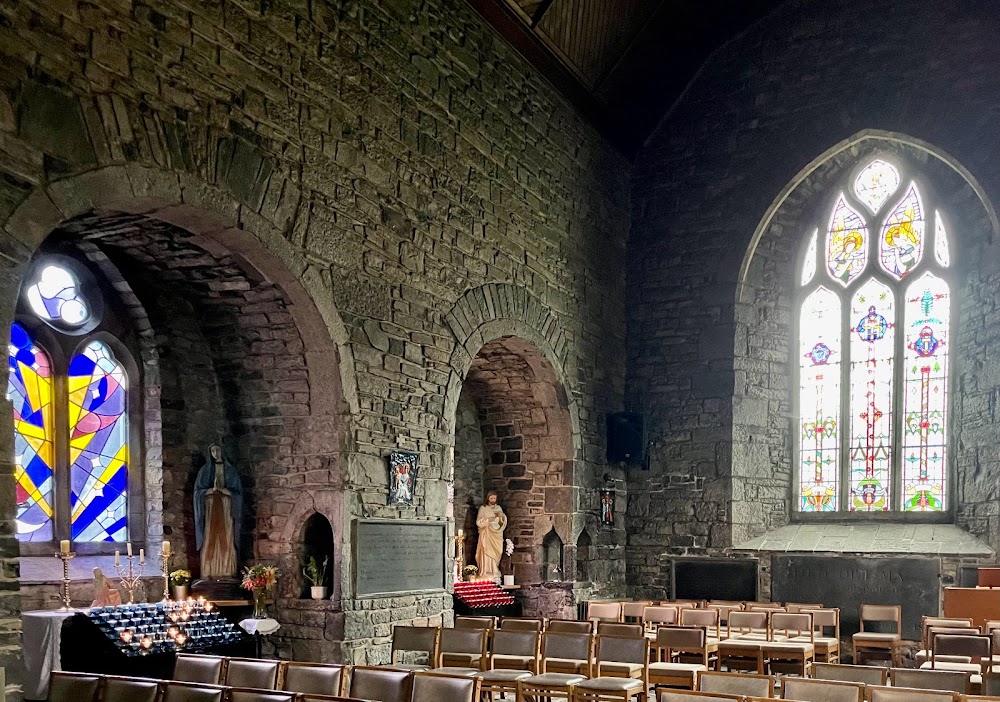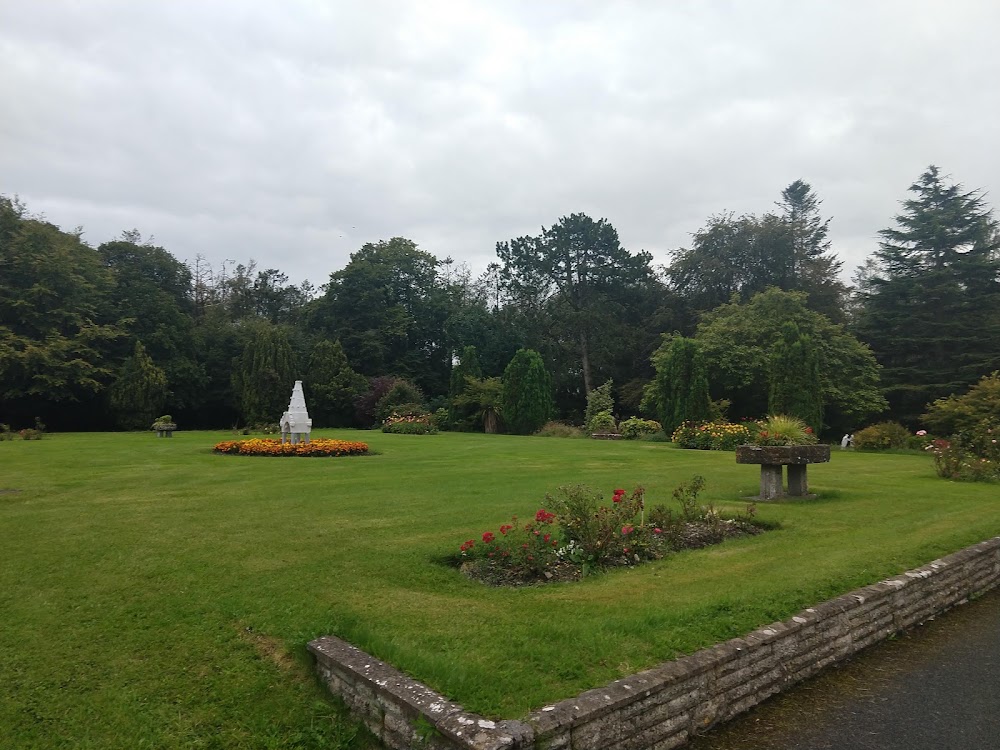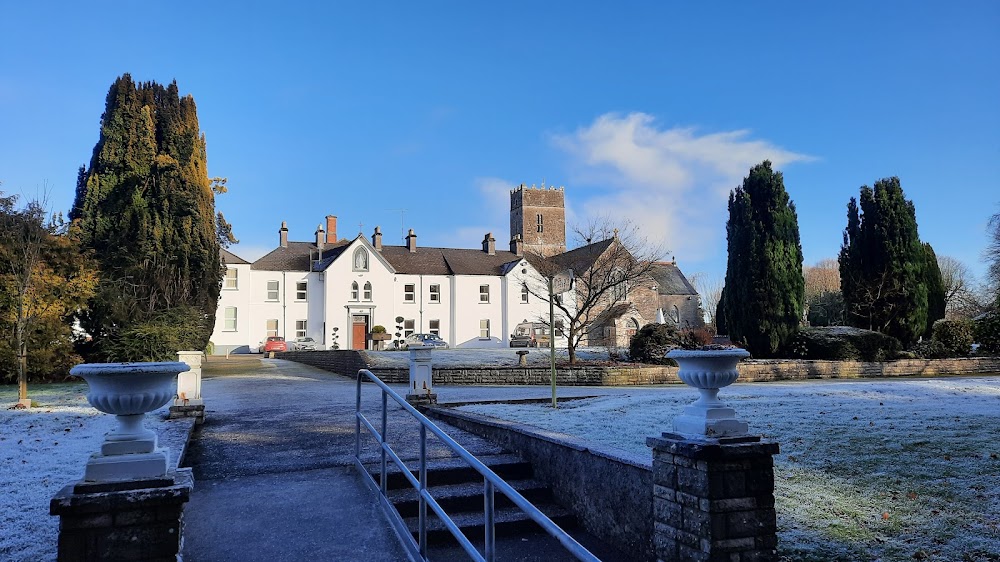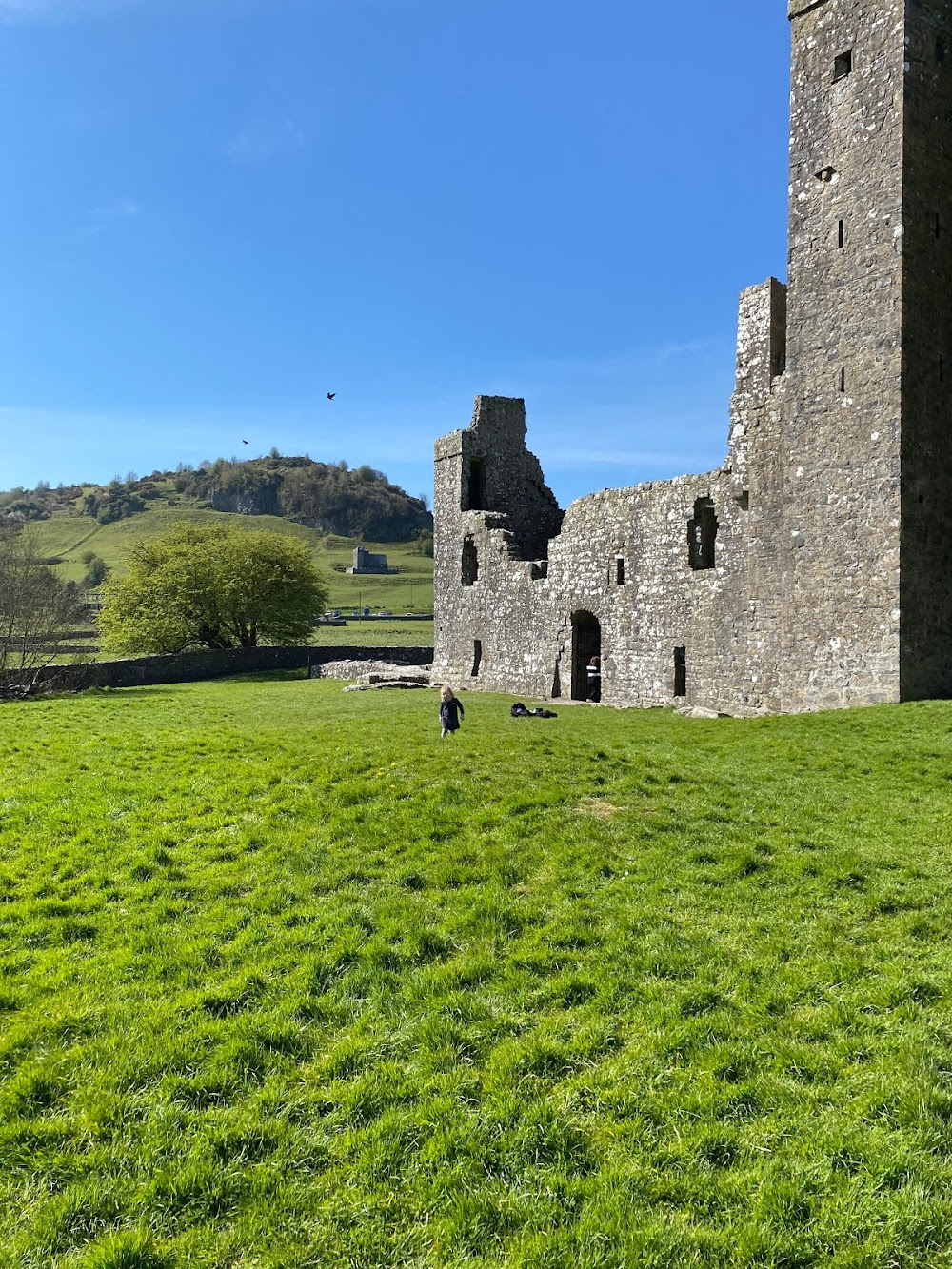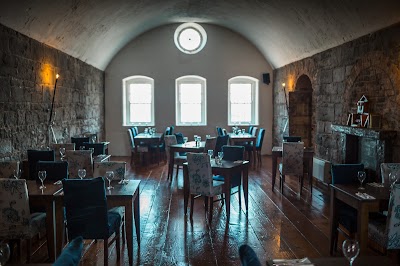Multyfarnham Abbey (Mainistir Mhultyfarnham)
Overview
Multyfarnham Friary: A Historical Gem in Westmeath
Nestled in the tranquil countryside of Westmeath, Ireland, Multyfarnham Friary—also referred to as Multyfarnham Abbey—is a captivating historical site with deep spiritual roots. Founded in 1268 by the Franciscan Order, the friary was established under the patronage of William de Delvin, the Baron of Delvin. The Franciscans, renowned for their commitment to poverty and service to the less fortunate, selected this serene location for its ideal atmosphere for contemplation and community support.
The original architecture of Multyfarnham Friary featured a church, cloister, living quarters for the friars, and various auxiliary buildings, all built in a striking Gothic style typical of the era. Constructed predominantly from local stone, the friary embodies the principles of humility and simplicity that the Franciscan Order championed.
Through the centuries, the friary became a vital hub for the local community, serving as a place of worship, education, and refuge during turbulent times. However, its history has been marked by significant challenges. In the 16th century, under the reign of Henry VIII and his successors, the friary faced severe threats due to the English Reformation, which led to the dissolution of monasteries across England and Ireland. This turbulent period saw the suppression of the Franciscan community at Multyfarnham.
Yet, despite adversity, the friary stood as a symbol of resilience. Local families, notably the Nugents of Delvin and other Catholic patrons, discreetly supported the friars, enabling them to maintain their religious practices in secrecy. Throughout the 16th and 17th centuries, the friary experienced cycles of damage and restoration, reflecting the determination of its inhabitants to preserve their spiritual haven.
In 1641, during the Irish Rebellion, Multyfarnham Friary opened its doors to those affected by the conflict, providing solace in a time of strife. However, this peace was disrupted when Cromwell's forces invaded Ireland in 1649, leaving the friary in ruins. Once again, the indomitable spirit of the Franciscans and the local community rallied to facilitate its partial restoration.
The 18th century proved challenging as penal laws suppressed Catholic worship, yet Multyfarnham Friary persisted as a site of clandestine gatherings. It wasn't until the 19th century, following the relaxation of these laws, that the friary began to flourish. In 1827, the friars returned officially, initiating a period of reconstruction and expansion that revitalized the friary as a center for education and spirituality.
The 20th century ushered in further transformation for Multyfarnham Friary. A major restoration project commenced in 1930, which included new buildings and renovations of existing structures. This revitalization culminated in 1947 with the consecration of a new church designed by architect Ralph Byrne. While modern in design, the new church harmoniously incorporated the historical Gothic elements of the original friary, creating a beautiful blend of old and new.
Today, Multyfarnham Friary continues to thrive as an active religious site, upholding its legacy of faith, education, and community service. It stands not only as a place of worship but also as a significant cultural and historical landmark. Visitors to the friary can delve into its rich history, admire its stunning architecture, and find tranquility in its peaceful surroundings. The enduring story of Multyfarnham Friary is a testament to the resilience of the Franciscan Order and the unwavering faith of the local community in Westmeath, Ireland.


